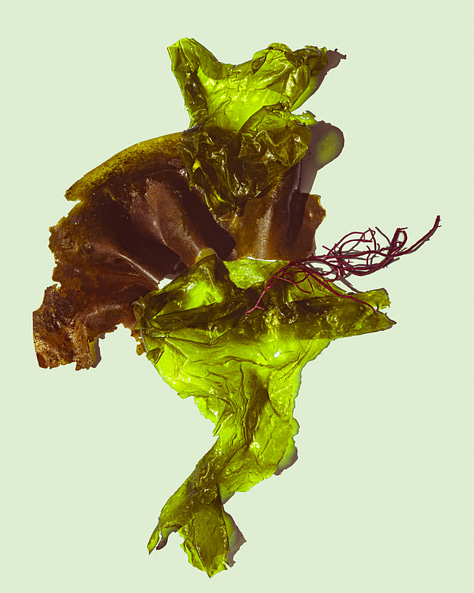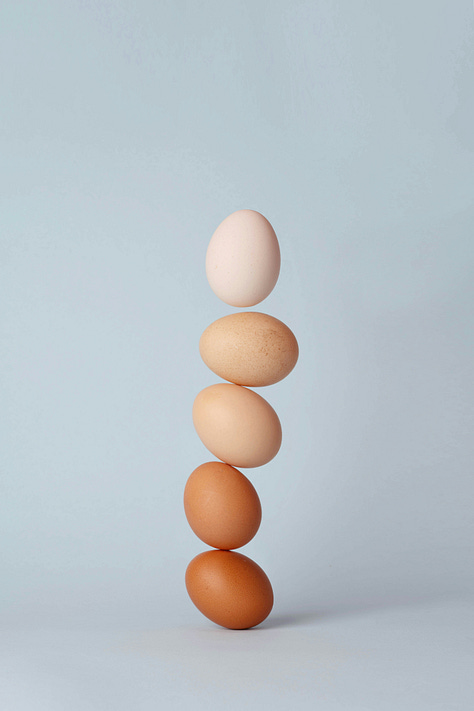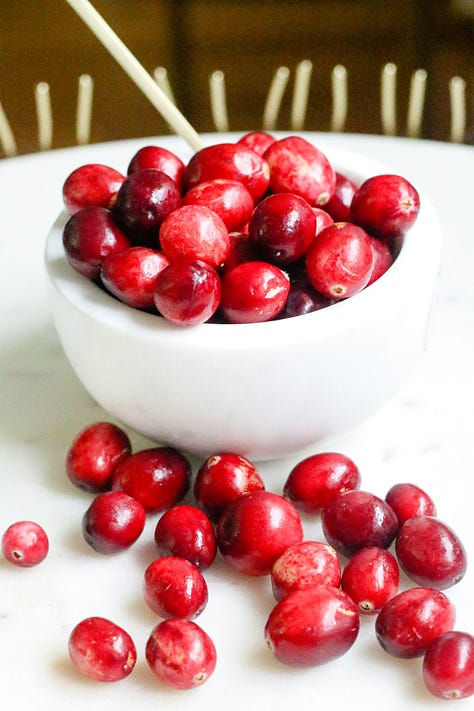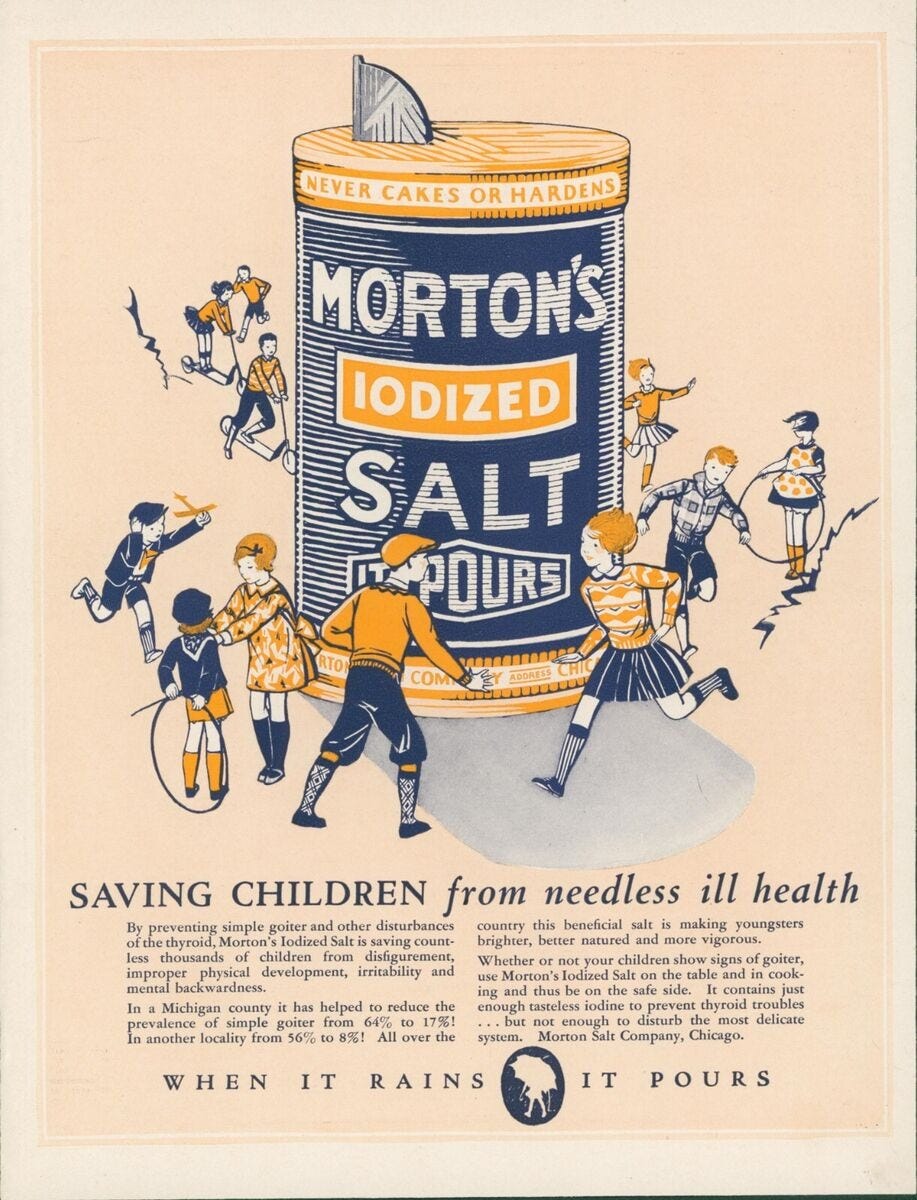A Dash of History: Why Iodine Was Added to Salt
And why you might not need it anymore - other ways to get your iodine.
If you’ve ever picked up a container of table salt, you’ve likely seen the phrase “This salt supplies iodine, a necessary nutrient.” But why was iodine added to salt in the first place? And is iodized salt still essential today? Let’s take a salty dive into the history, science, and alternative sources of this important mineral.
The Salty Solution to a Health Crisis
In the early 1900s, goiter—an enlargement of the thyroid gland—was a widespread health issue, particularly in regions far from the ocean, like the Great Lakes, Appalachians, and Midwest. The culprit? Iodine deficiency. Without enough iodine, the thyroid struggles to produce hormones essential for metabolism, growth, and brain development.
The solution came in 1924, when the U.S. introduced iodized salt. Inspired by Switzerland’s success with iodine supplementation, the Michigan State Medical Society partnered with salt producers to fortify common table salt. Why salt? Because it was cheap, widely consumed, and didn’t require people to change their eating habits. The results were staggering—cases of goiter plummeted within a generation.
Interesting fact: The widespread iodine deficiency in the U.S. was so pronounced that during World War I, military doctors noticed that many recruits from the Midwest had swollen thyroids, leading to a national push for iodine fortification.
Do We Still Need Iodized Salt?
Fast forward to today, and the landscape has changed. Many people get enough iodine without relying on iodized salt thanks to improved diets, iodine-rich foods, and fortified products (like dairy and bread). Plus, many artisanal and natural salts (like sea salt and Himalayan salt) are not iodized, leading some to wonder if they’re missing out.
The truth? If you eat a balanced diet, you’re likely getting iodine from other sources. But if you don’t consume dairy, eggs, seafood, or fortified grains, iodized salt can still be a safety net.



Natural Sources of Iodine
If you prefer natural sources of iodine, here are some of the best options:
Seaweed (nori, kelp, dulse, wakame) – The richest natural source!
Fish & Shellfish – Cod, tuna, shrimp, and oysters pack an iodine punch.
Dairy Products – Milk, cheese, and yogurt often contain iodine from cattle feed and sanitizing agents used in dairy processing.
Eggs – The iodine is mainly in the yolk.
Cranberries & Strawberries – These fruits contain small but notable amounts.
Potatoes – Particularly if eaten with the skin on.
Did you know? Japan has some of the highest natural iodine intake in the world, thanks to their seaweed-rich diet. Meanwhile, parts of Europe still struggle with iodine deficiency due to less fortification.
The Takeaway
Iodized salt was a brilliant public health intervention that virtually eliminated iodine deficiency in many parts of the world. Today, with access to iodine-rich foods, many people can opt for more flavorful natural sea salts and most other natural minerals found in the sea. That said, if you rarely eat seafood or dairy, it might be worth checking your iodine intake and adjusting your diet with some of the natural sources listed above.
Cheers to your good healthy and tasty eats.










